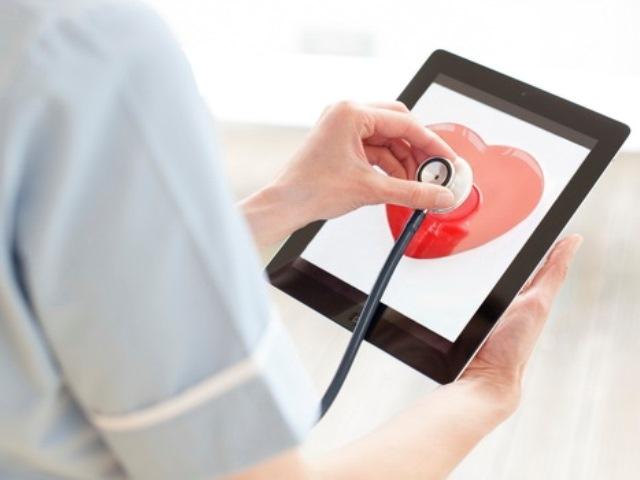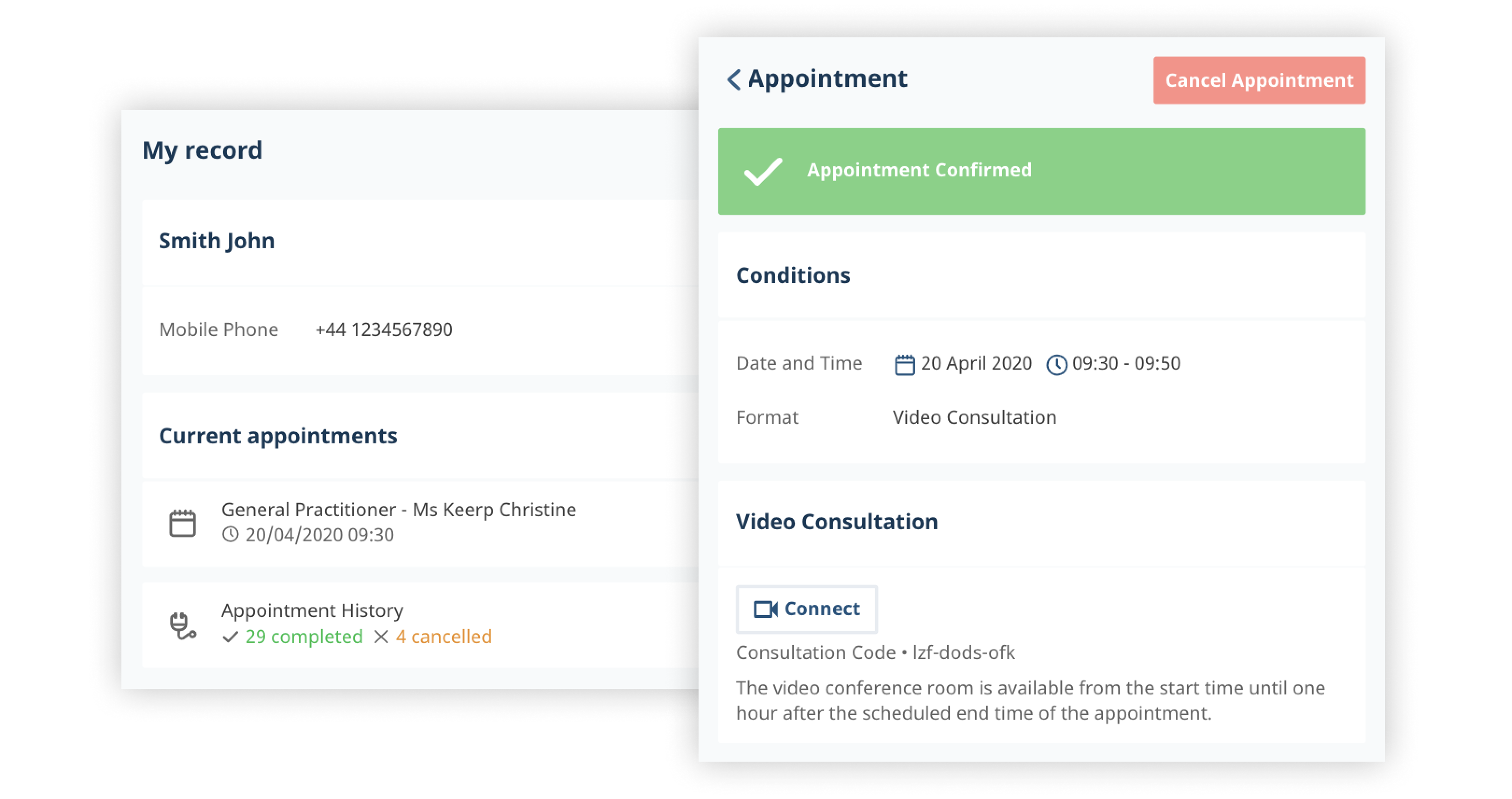
Before we dig into the benefits of using telemedicine in your practice, it’s worth understanding exactly what we mean by this term. After all, there’s plenty of jargon floating around when it comes to providing healthcare for patients online. Telemedicine refers to situations where clinicians and practitioners make use of video conferencing tools to consult with patients remotely. In other words, it’s all about the provision of healthcare in a digital capacity.
While video technology forms the basis for this approach, it can be supplemented by additional data sent from all manner of interesting apps such as those that transmit information on vital signs, radiology and blood results, before-and-after photos and so on. Telemedicine tends to be used in acute healthcare and has a vast range of advantages in certain cases like when patients are unable to physically attend their appointment.
Learn how to simplify your practice workflow and free up more time for patients with Medesk.
Open the detailed description >>Isn’t Telemedicine the Same as Telehealth or mHealth?
With the rise of digital healthcare comes a great deal of confusion regarding the terminology used. You could easily be forgiven for assuming that telemedicine is just another word for telehealth, mHealth and other such terms. In actual fact, these three concepts can be distinguished quite simply.
As opposed to telemedicine which is used primarily in acute care settings for relatively minor conditions, telehealth is more to do with supporting the treatment of long-term conditions. The idea of telehealth is to help patients to engage more deeply with their own health, thus facilitating their independence and ultimately reducing demand on the healthcare system at both the inpatient and outpatient levels. It is particularly handy for dealing with patients with diagnoses such as type 2 diabetes, hypertension, and COPD.
You can provide telehealth services in a straightforward manner as long as patients have a way of easily recording the data you need and then sending it over to you. For example, they could be using a blood pressure monitor that automatically sends systolic and diastolic readings via their wi-fi connection. Any aberrant results would then generate an alert, at which point you would contact the patient and bring them in for a consultation or, indeed, offer a telemedicine video consultation.
In addition to telemedicine and telehealth, we also have mHealth. The letter ‘M’ stands for mobile, so actually all this means is telehealth and telemedicine services that are provided by means of mobile technology. For example, if a healthcare provider uses a video consultation tool such as Medesk Meet, then the patients using the corresponding app could be said to be engaging with mHealth.
Medesk helps automate scheduling and record-keeping, allowing you to recreate an individual approach to each patient, providing them with maximum attention.
Learn more >>How Does Telemedicine Affect Quality of Care?
It’s only natural that you have some concerns regarding the use of telemedicine to provide many of the services you are accustomed to rendering in-person. Before you make the decision to adopt digital technology in your practice, it’s well worth thinking about how it should be implemented and specifically what for. You will find that for many specialities, there are more positives than negatives.
By making the most of all of the new technology out there, you can provide a much higher quality of care for your patients, including:
- Offering healthcare services to people who can’t physically reach your clinic, e.g. during lockdown due to COVID-19
- Making consultations available and convenient for patients with limited options for travelling to you, e.g. time, transport, reduced mobility
- Assist with self-management of conditions
- Facilitate direct communication with your patients rather than doing things via your admin team

Telemedicine and its Development in the UK
Until the advent of the lockdown associated with COVID-19, telemedicine was a somewhat niche aspect of private healthcare, mostly used by younger, more tech-savvy patients. However, the self-isolation regime has meant that many more patients are being pushed to try telemedicine. What’s more, it looks like demand is now not just increasing because people have no other viable options at the moment. It turns out that even less IT-proficient patients are genuinely enjoying the new services on offer.
Discover more about the essential features of Medesk and claim your free access today!
Explore now >>Since the government-imposed lockdown shows no signs of going away anytime soon, you can expect ever more patients to ask you whether you plan to start offering telemedicine services. Even if it will no longer be strictly required after life has resumed its normal pace, people will have already gone from tolerating telemedicine to fully accepting and then expecting it. That is to say, patients are highly likely to begin preferring telemedicine options and will come to view physical appointments as less convenient. Overall, the advantages of telemedicine will outweigh the disadvantages.
We have prepared a series of engaging articles to help you understand how to start using telemedicine from scratch and, of course, how to get the most out of telemedicine once it’s in place.


